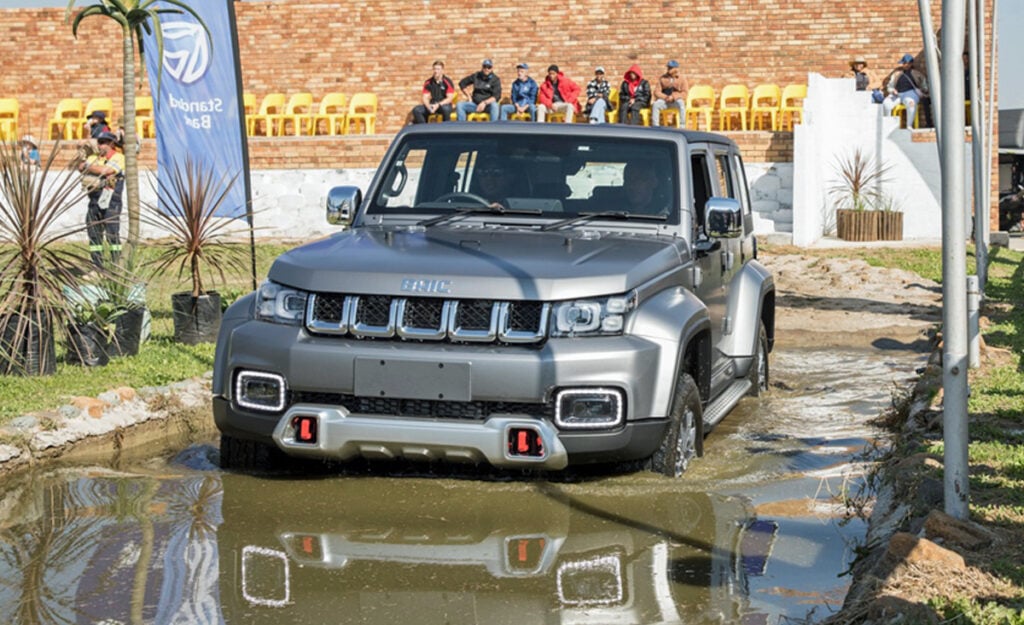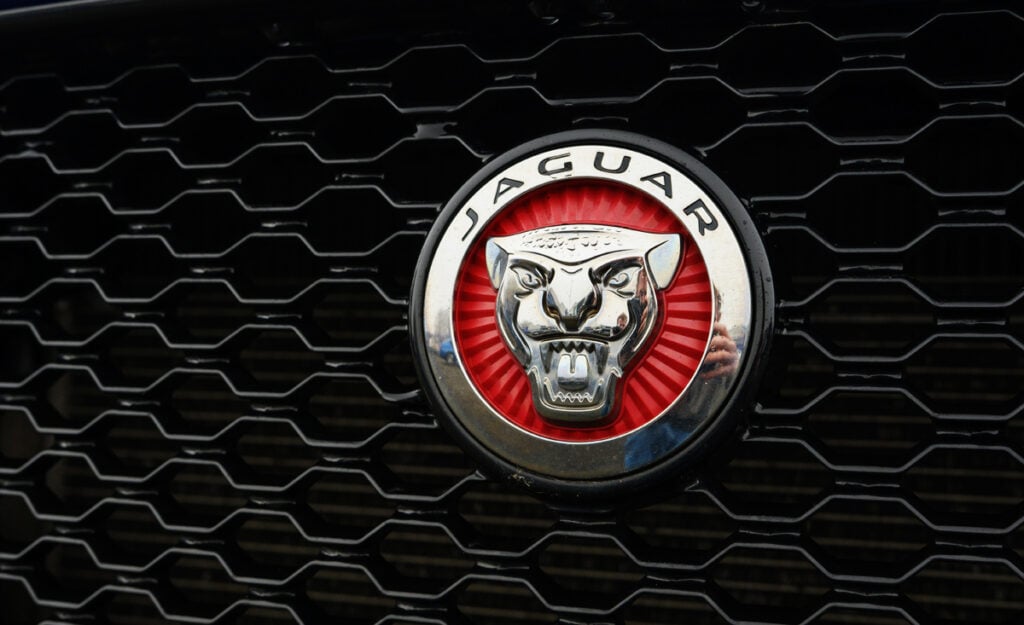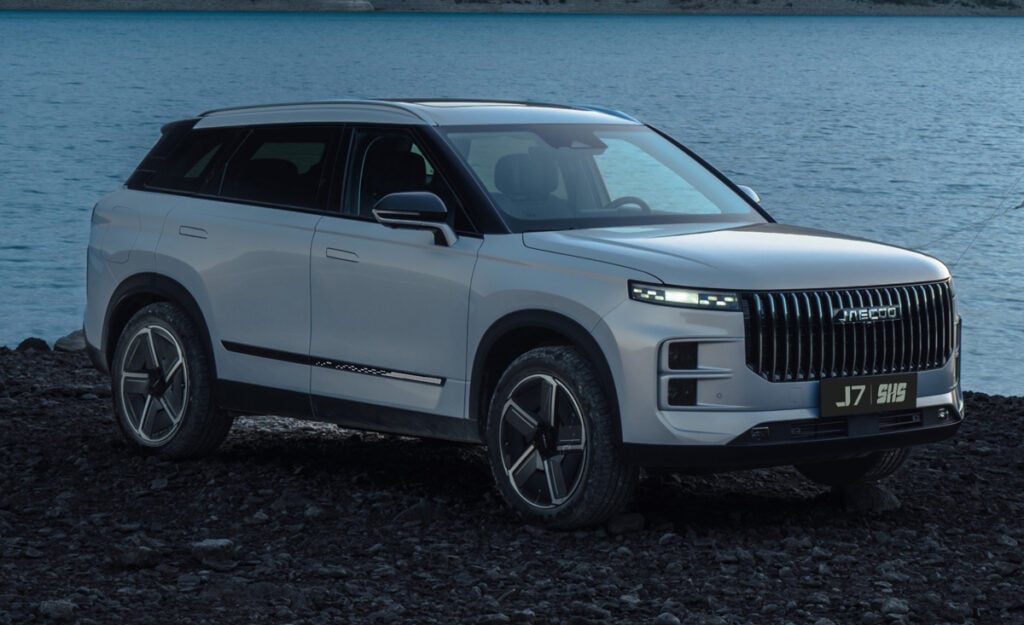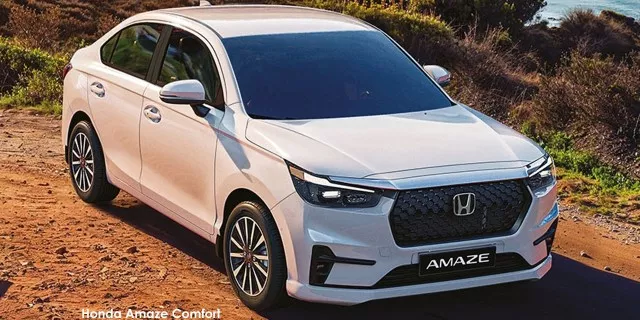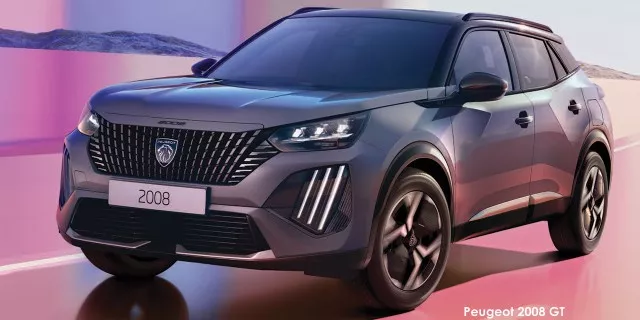The new Renault Duster is off to a good start in South Africa

The next-gen Renault Duster has been met with positive reception by South African motorists, selling a total of 89 units in April 2025.
The French crossover officially made its debut in March this year, though its appearance in the second week of the month meant it wasn’t initially possible to report on a full sales month.
However, the latest sales report from Naamsa, the Automotive Business Council has now revealed that the compact 4×4 has indeed sold 89 units in the span of a full month.
To put this in perspective, the previous-gen Duster only sold a single unit in January 2025 and none were sold in February, though this is likely due to a lack of stock and customers holding out for the new model.
A better comparison is the Renault’s sales for 2024, as the Duster only clocked a total of 145 units for the entire year.
That works out to an average of just 12 units per month, meaning that the new model has sold more units in one month than the previous one did in seven months.
An big fish in a small pond

The Duster is one of the only off-road SUVs in South Africa that still retails for less than R500,000, as prices start at R489,999.
While there are certainly plenty of models that can tackle rough terrain, such as the Toyota Fortuner or Ford Everest Adventure SUVs, these options will set you back a minimum of R679,100 and R942,000, respectively.
In contrast, the entry-level 4×4 market is mainly carried by nameplates like the fan-favourite Suzuki Jimny, but even this has an asking price of R432,900 these days.
Admittedly, there are a number of affordable crossovers in South Africa that offer slightly better ground clearance than an equivalent hatchback, but it’s a bit of a stretch to call these models off-road vehicles.
The Renault Duster, on the other hand, is designed with bundu-bashing in mind, as all versions of the car feature a minimum ground clearance of 209mm – just 1mm less than the Jimny.
In South Africa, the next-gen models are sold with two different powertrains, starting with a 1.3-litre turbocharged petrol engine with 113kW and 250Nm.
This is sent down to the front wheels via a seven-speed, dual-clutch automatic gearbox, leading to an average fuel consumption of 6.5l/100km.
Alternatively, the flagship Zen model offers a 1.2-litre turbo-petrol mill with mild hybrid technology, which generates 96kW and 230Nm while consuming 5.7l/100km.
Importantly, this version of the Renault has a four-wheel-drive (4WD) system and a higher ground clearance of 217mm.
Standard equipment across the range comprises automatic LED headlights, daytime running lights, rain-sensing wipers, 17-inch alloy wheels, a full-size steel spare wheel, electric side mirrors, roof rails, ABS, tyre-pressure monitoring, rear parking sensors, a rearview camera, cruise control, and a speed limiter.
Inside, you’ll also find a leather multifunction steering wheel, fabric seats, manual air conditioning, a 10.1-inch infotainment screen with wireless Apple CarPlay and Android Auto, a 7-inch digital driver display, and two front and two rear USB Type-C ports.
The 4WD units also come with automatic high beams, an electronic hand brake, a wireless charger, keyless entry, modular roof rails, and five driving modes for Eco, Auto, Snow, Mud/Sand, and Off-road.
If you want even more, there’s a “Intens” specification that will throw in larger 18-inch alloys, auto-folding side mirrors, suede and artificial leather upholstery, six-way manually adjustable front seats with lumbar support, a wireless charger, automatic climate control, paddle shifters, 360-degree cameras, front, back, and side parking sensors, blind-spot monitoring, and a dual-stage boot.
Each purchase includes a 5-year/150,000km warranty and a 3-year/45,000km service plan.

